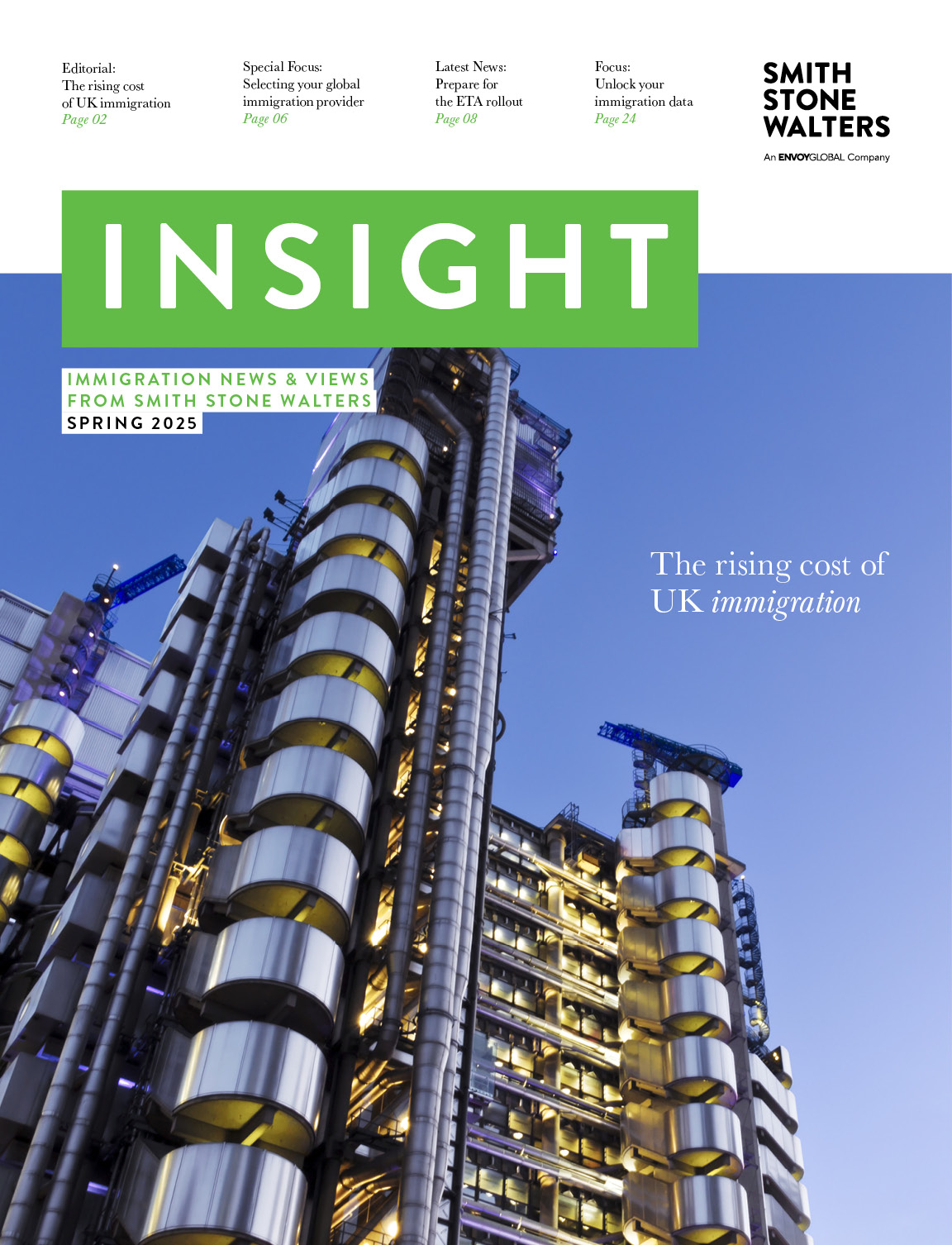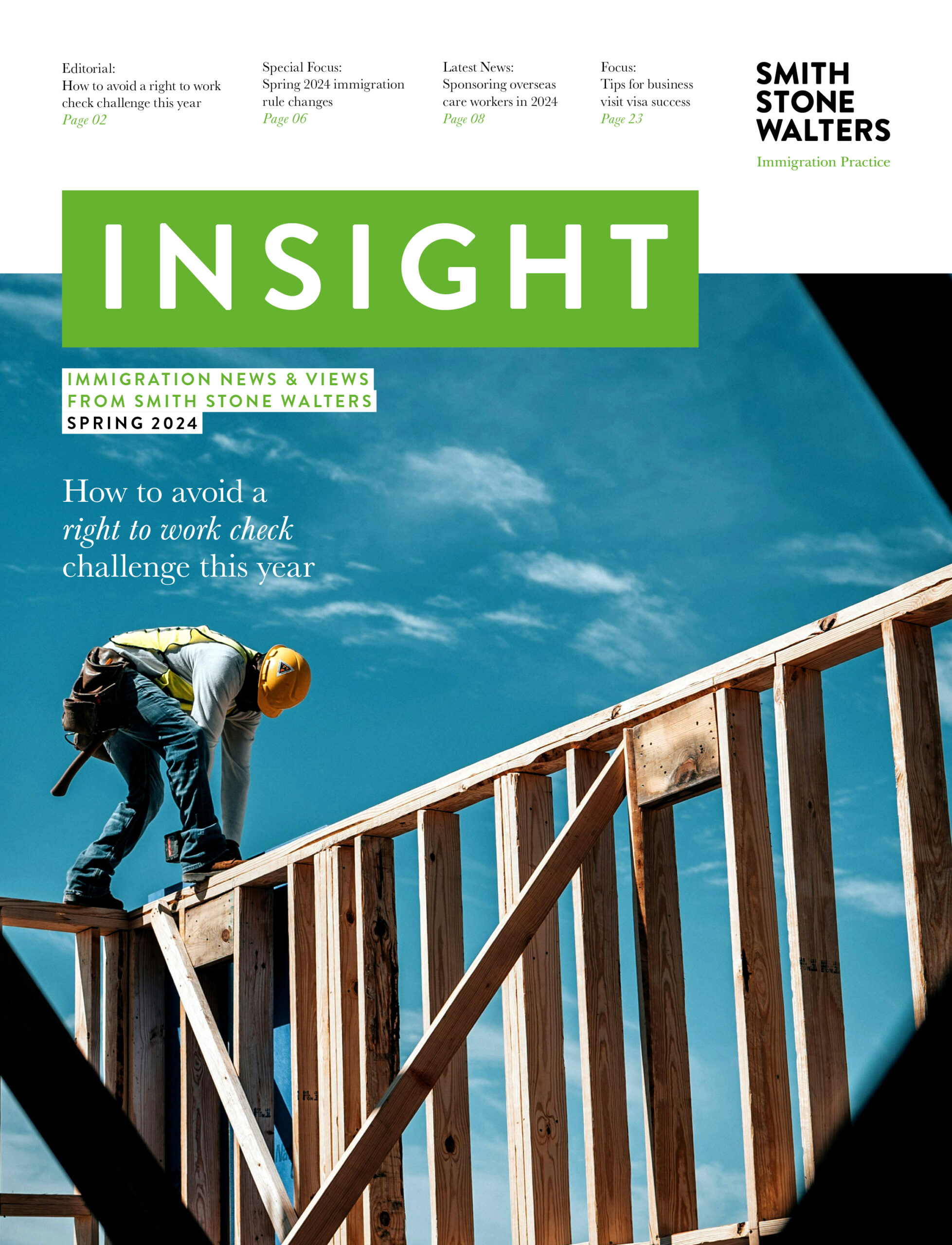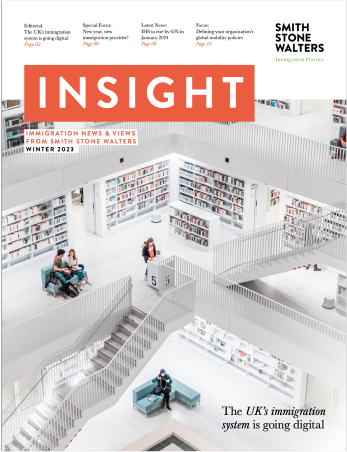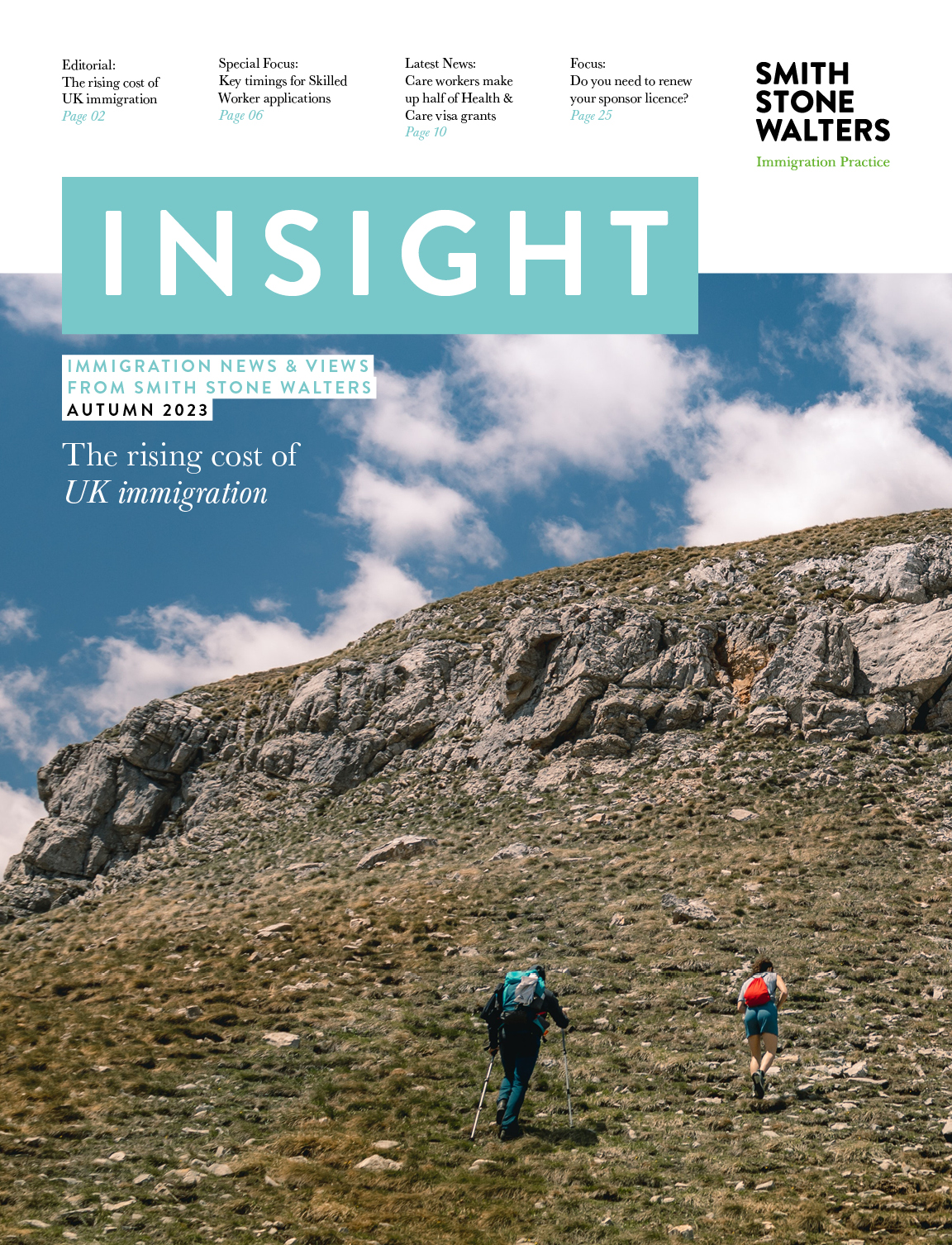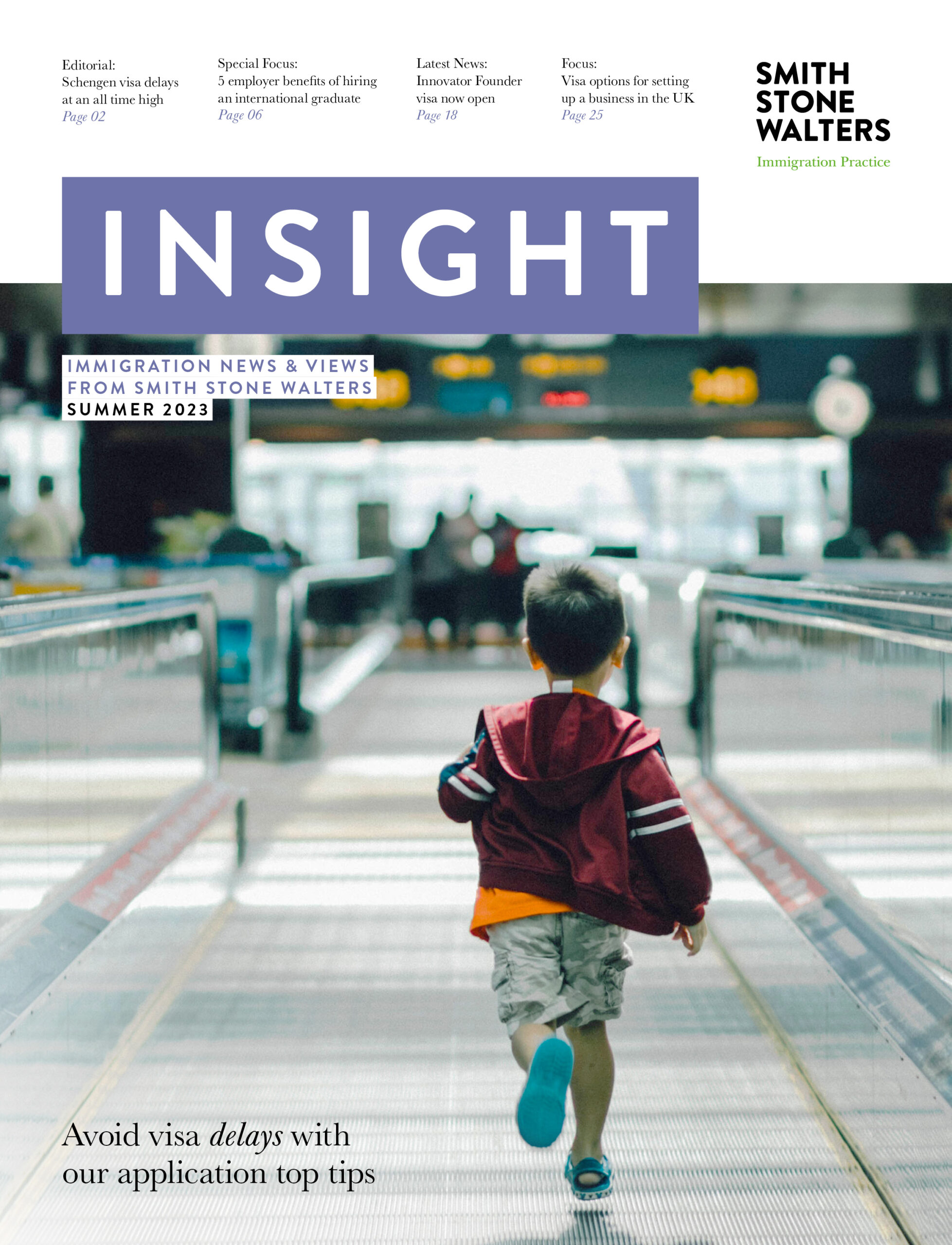Appendix D: Evidencing your Recruitment Activity
In December 2020, the Skilled Worker route opened for applications, replacing the Tier 2 (General) visa as the main immigration route into the UK for skilled workers. The new route prompted some key changes to the rules around the recruitment of skilled workers, with the aim of ‘streamlining and simplifying’ the sponsorship process for employers and workers alike.
To coincide with the launch of new work routes under the points-based system, the Home Office published updated guidance documents to help employers understand the sponsorship process and how to comply with their duties as a licenced sponsor.
Alongside the updated guidance, the Home Office also revised Appendix D, the document which lists the type of evidence that employers must retain in relation to their sponsor licence. Over the coming weeks, Smith Stone Walters will be publishing a series of articles focused on key sections of the Appendix D document, to help sponsors gain a better understanding of their record keeping responsibilities.
In this second installment of the series, we take a look at the types of documents sponsors will need to keep as evidence of recruitment activities they have undertaken for the jobs in which you are sponsoring workers.
New rules for advertising jobs
A welcome change for many employers under the Skilled Worker route is the removal of the Resident Labour Market Test (RLMT) requirement.
Previously, employers were required to carry out a RLMT before recruiting an overseas national for a UK role, to prove that the business was unable to fill the role with a candidate from the resident UK labour market. The process required employers to advertise roles for a period of 28 days before assigning a Certificate of Sponsorship (CoS) to a migrant worker. The change alone will cut end-to-end processing times by at least four weeks for employers sponsoring skilled workers.
However, it should be noted that although businesses do not need to complete a RLMT under the Skilled Worker route, the updated Home Office guidance states that employers must still retain certain documents relating to their recruitment practices for each job in which they are sponsoring workers.
Many have questioned the rationale behind the Home Office still insisting on recruitment data being retained. Representations have also been made to Home Office policymakers asking if this requirement should be removed from the sponsor guide. However, until any such time a revision is made by the UKVI, we would advise all sponsors to continue to follow the guidelines set out in the current Appendix D.
Which recruitment documents should sponsors keep?
Most of the recruitment activity evidence the Home Office will be interested in relates to how you advertised the role, and the internal processes you undertook to establish the sponsored worker was suitable for the role in question.
If you advertised the role, there are a number of documents and other evidence you must retain to demonstrate the recruitment process to the Home Office. These include:
- A copy of the job advertisement as it appeared in its given medium, including:
- The job title
- The location of the job
- The main duties and responsibilities
- The required skills, qualifications and experience
- An indication of the salary package or salary range
- The closing date for applications.
- Evidence of the date in which the vacancy was first advertised, such as:
- A copy of your advert in any newspapers or professional journals, clearing showing the title and date of the publication
- A screenshot from any website hosting your job advert, taken on the day it was first advertised.
- A copy of any letters or invoices from publications or websites in which your advertisement was hosted.
- Documents relating to the internal recruitment process, including:
- All job applications shortlisted for final interview in the medium they were received (e.g. – Emails, CVs, application forms), showing the applicant’s name, address and date of birth.
- The names and total number of applicants shortlisted for final interview
- For each settled worker who was rejected or did not take up the offer of employment, interview notes or other documentation showing the reasons why they have not been employed.
In cases where a role was not advertised, sponsors must be able to explain why an advertisement was not deemed necessary, and how you identified that the hired individual was suitable for the role. Further information can be found in the Appendix D document here.
Support with maintaining sponsor compliance
If you have any questions about which documents you should be retaining, or if you require support on any other area of sponsor compliance, Smith Stone Walters can help.
Our team of immigration experts can offer up-to-date advice and practical support to ensure your business is fulfilling its legal obligations and is prepared for any Home Office compliance visit.
To speak to a member of the team, please contact us today.


